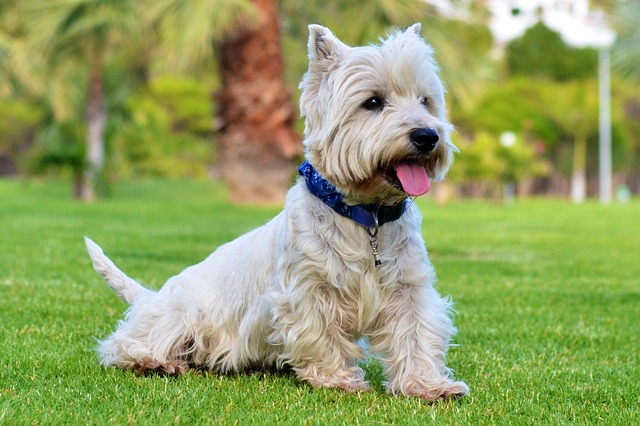
How do i train my dog to be obedient?
Watching your dog dart across the park ignoring your calls isn’t just frustrating—it can put them at risk near busy streets or public spaces.
Calling your dog and watching them dart the other way—tail high, nose to the grass, completely ignoring your voice—feels less like defiance and more like a puzzle. That split-second of disconnect isn’t about stubbornness; it’s often a breakdown in how your pup associates the sound of your call with what happens next.
Start small, in spaces where distractions are low. Grab their favorite treat—something smelly, like freeze-dried liver or a piece of cheese they rarely get. Stand a few feet away, say their name followed by “come” in a bright, upbeat tone, and when they take even one step toward you, mark that moment with a “yes!” and toss the treat. Repeat this in the kitchen, then the backyard, before moving to busier spots. Consistency here builds trust—they need to learn that “come” means good things, not the end of playtime.
As you practice, adjust to the world your dog lives in. A park with other dogs, kids on bikes, or rustling leaves will test their focus, and that’s okay. Start with short leashes in these settings, keeping sessions under five minutes so they don’t get overwhelmed. Remember, many areas require dogs to be leashed in public unless in designated off-leash zones—sticking to those rules keeps everyone safe and avoids fines, while still giving you space to train.
 Avoid the urge to scold if they finally trottle over 10 minutes late. Yelling or jerking a leash in that moment teaches them that “coming” leads to stress, making them less likely to respond next time. Instead, take a breath, reward the return (even a weak one), and try again with fewer distractions. The same goes for repeating their name 20 times—if “come” becomes background noise, they’ll tune it out for good.
Avoid the urge to scold if they finally trottle over 10 minutes late. Yelling or jerking a leash in that moment teaches them that “coming” leads to stress, making them less likely to respond next time. Instead, take a breath, reward the return (even a weak one), and try again with fewer distractions. The same goes for repeating their name 20 times—if “come” becomes background noise, they’ll tune it out for good.
Incorporate training into daily moments. Call them before meals, when you grab their leash for a walk, or during playtime in the yard. Mixing it into routine moments—instead of just “training sessions”—makes the behavior stick. Carry treats in your pocket during hikes or trips to the dog park; a surprise reward when they check in unprompted reinforces that listening pays off, even when they’re having fun.
Keep in mind that every dog learns at their own pace. Puppies might pick it up in weeks, while rescue dogs with past trauma could need months. Rushing leads to frustration for both of you. Aim for three short sessions a day, ending while they’re still eager. Celebrate the tiny wins—a head turn, a step in your direction—as much as the full sprint back.
At its core, teaching “come” isn’t about control. It’s about giving your dog freedom. A reliable recall means they can safely explore a quiet trail, play in an off-leash area, or dart after a squirrel without putting themselves in danger. Done right, it strengthens the bond between you—proof that when they hear your voice, good things follow.

Watching your dog dart across the park ignoring your calls isn’t just frustrating—it can put them at risk near busy streets or public spaces.

New puppy owners often find themselves rushing to clean up accidents before they set in, and that’s where puppy pad training becomes a game-changer.

If you've noticed your dog's waistline disappearing and your veterinarian has mentioned those few extra pounds, your first instinct might be to simply reduce the amount of food in their bowl.

Training a dog to use a designated spot indoors isn’t as daunting as many new owners fear, but it does take consistency and an understanding of your pet’s needs.

That moment of dread on a walk is all too familiar for many new dog owners. You see another dog approaching down the sidewalk of your neighborhood

If the sight of another dog on your neighborhood walk makes your heart sink as your own dog erupts into a frenzy of barking and lunging, you're not alone.